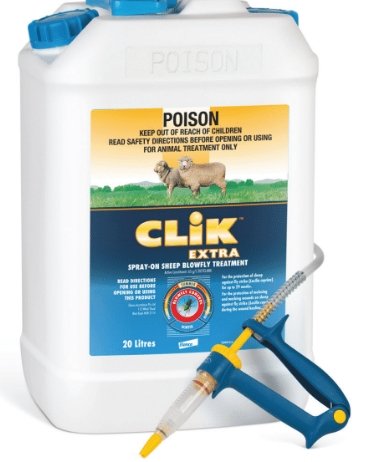Corteva Agriscience’s Group 21 product Verpixo Adavelt active has achieved APVMA approval for new crop registrations, further boosting its reputation as a highly effective fungicide that delivers on the broad-spectrum control of ascomycete diseases.
These approvals mean the fungicide can now be used in wine grapes and table grapes for control of both botrytis and powdery mildew, as well as for additional diseases in cucurbits, fruiting vegetables, and leafy vegetables.
Verpixo has become the go-to option for vine and vegetable growers seeking a new mode of action as well as flexibility in resistance programs, in the battle to control damaging diseases like botrytis, powdery mildew, alternaria and septoria.
Trialled extensively under Australian field conditions, Verpixo has been proven to have no known cross-resistance to other fungicide groups, is IPM-friendly and can be used across a wide range of crops at multiple growth stages.
Benefits for vineyards
The new mode of action is keenly sought in the viticulture industry, particularly in vineyards in high rainfall zones susceptible to botrytis and powdery mildew.
These include McLaren Vale, Coonawarra and the Adelaide Hills in South Australia, Tasmania, the Yarra and King Valleys of Victoria and the Hunter Valley in NSW.

Adelaide based Corteva Agriscience customer technology specialist Chris Brown said Verpixo provides growers with a strong preventative alternative to products they have been using for many years.
“The timing is flexible if they’re applying Verpixo to control botrytis. The Australian Wine Research Institute (AWRI) approved two applications up to E-L 31, berries pea size, and this is a major bonus for vignerons as a lot of alternate control chemistries are limited to E-L 25 and E-L 29,” Mr Brown says.
“Timing is critical to protect grapes from botrytis in potential infection sites at inflorescence, so the E-L 31 positioning for Verpixo is important – it’s the final chance to put covers on the berries before the bunch closes, and it will give wineries everywhere a lot more flexibility in their spray program.”
Since its commercial release in January 2024, following APVMA approval for use in strawberries, fruiting vegetables, leafy vegetables and cucurbits, Corteva principal biologist Rob Annetts said Verpixo has become the ‘Rolls Royce treatment’ for powdery mildew, with control achieved at rates of 1.25-1.5L/ha.
“Verpixo is derived from a naturally occurring compound found in soil bacteria and produced synthetically,” Mr Annetts explains.
“It builds on new chemistry first established by Corteva Agriscience, with some tweaks to provide better UV stability, broader spectrum and a lower use rate to make it ideally suited to Australian conditions,” he said.
“It’s a very useful tool as a rotation partner where pathogen resistance to SDHIs, strobilurins and triazoles is a concern.”
Growers can expect to see QR stickers applied to the caps of existing inventory that direct them to the most recent updates and APVMA-approved new label changes for Verpixo can be found on the Corteva Agriscience website.




